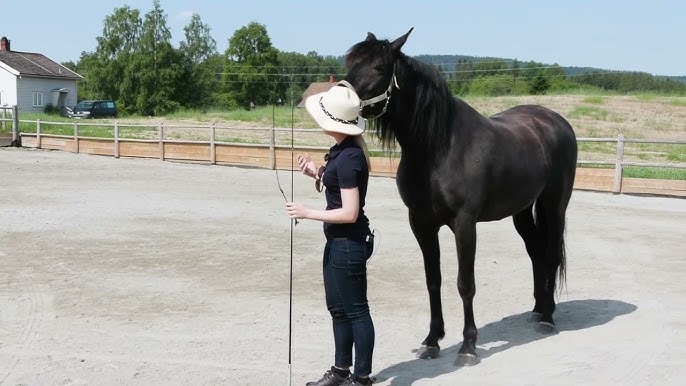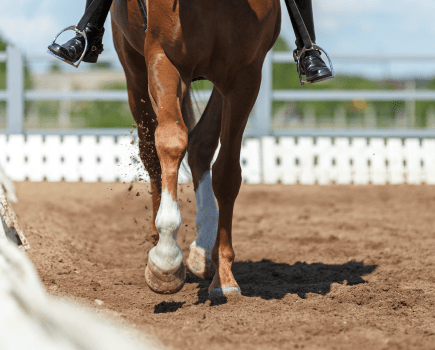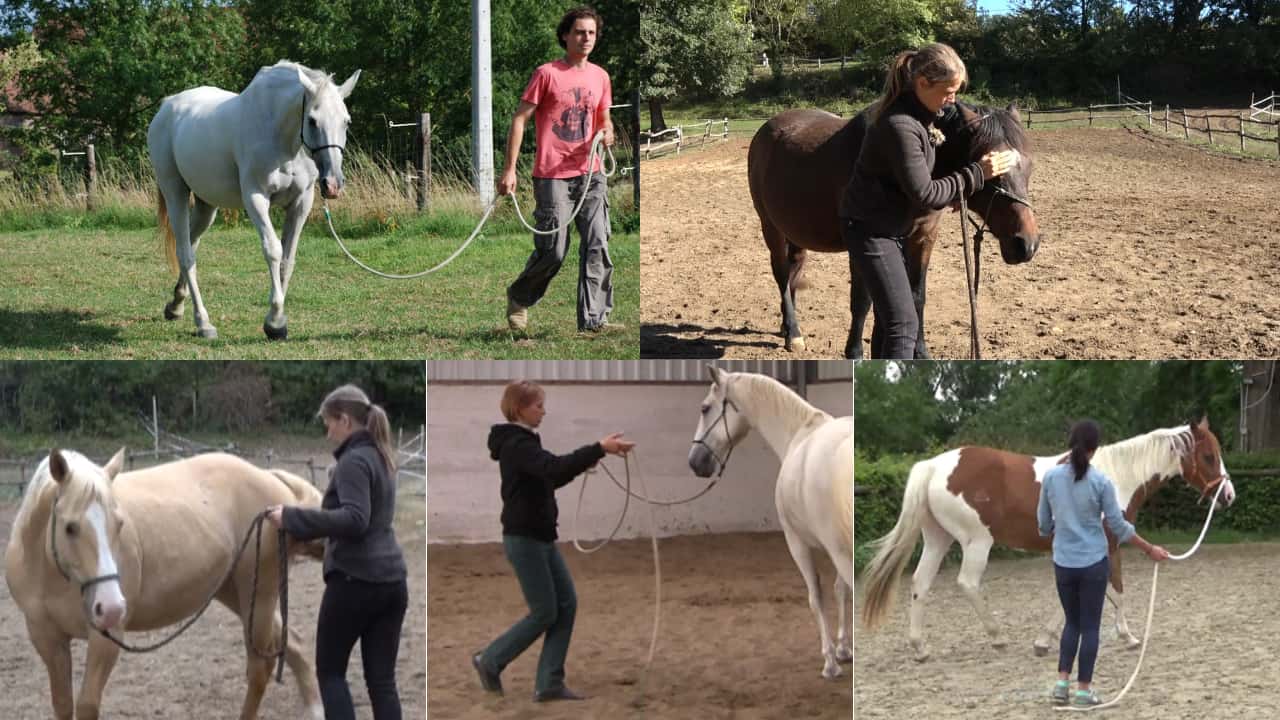Liberty Training Basics Explained

Liberty training is a popular and effective method used in dog training that emphasizes freedom and trust between the dog and the trainer. This approach allows dogs to learn commands and behaviors without the use of physical restraints like leashes or harnesses, promoting a more natural and enjoyable learning experience.
What is Liberty Training?

Liberty training involves teaching dogs to respond to commands and cues while off-leash, relying on the dog’s willingness to stay close and obey. It builds a strong bond based on mutual respect and communication.
Benefits of Liberty Training
| Benefit | Description |
|---|---|
| Enhanced Trust | Dogs learn to trust their handler more deeply, improving overall obedience and cooperation. |
| Increased Freedom | Dogs enjoy more freedom to explore while still being under control. |
| Better Communication | Encourages clear, consistent signals between dog and trainer. |
| Mental Stimulation | Challenges dogs to think and make decisions independently. |
Basic Principles of Liberty Training
- Start with Foundation Commands: Begin training with basic commands like “sit,” “stay,” and “come” on a leash before transitioning to liberty.
- Use Positive Reinforcement: Reward desired behaviors with treats, praise, or play to encourage repetition.
- Gradual Distance Increase: Slowly increase the distance between you and your dog during training sessions.
- Consistency is Key: Maintain consistent commands and signals to avoid confusing your dog.
- Safety First: Always ensure the training environment is safe and free from distractions or hazards.
Step-by-Step Guide to Liberty Training
| Step | Action | Tips |
|---|---|---|
| 1 | Establish basic obedience on leash | Use high-value treats and short sessions |
| 2 | Practice recall in a secure area | Use enthusiastic praise and rewards |
| 3 | Introduce off-leash commands | Start with short distances |
| 4 | Increase freedom gradually | Monitor your dog’s focus and responsiveness |
| 5 | Reinforce and maintain training | Regular practice to solidify behaviors |
Common Challenges and Solutions
- Distractions: Use controlled environments initially and gradually introduce distractions.
- Lack of Focus: Keep training sessions short and engaging.
- Safety Concerns: Always use a secure area and consider a long line for safety.
Frequently Asked Questions (FAQ)
Q1: How long does it take to train a dog in liberty?
A1: The duration varies depending on the dog’s age, breed, and prior training, but consistent daily practice over several weeks is typical.
Q2: Can any dog be trained using liberty methods?
A2: Most dogs can benefit from liberty training, but some may require more patience or alternative approaches depending on temperament.
Q3: What if my dog runs away during liberty training?
A3: Start in a secure area and use a long line if necessary. Always reward recalls enthusiastically to encourage return.
Q4: Is liberty training suitable for all environments?
A4: It’s best practiced in safe, enclosed areas to prevent accidents and ensure control.
Liberty training fosters a deeper connection between you and your dog, promoting obedience through trust and freedom rather than force. With patience and consistency, it can transform your training experience into a rewarding journey for both you and your canine companion.
Would you like me to help improve the clarity or engagement of any specific section? Or perhaps add more detailed examples or advanced tips?
Follow-up tasks
- Enhance FAQ section with more questions
- Add advanced liberty training techniques
- Simplify technical language for beginners
